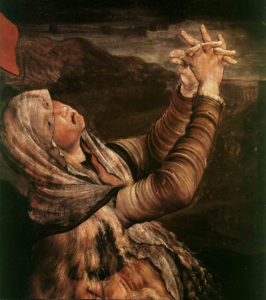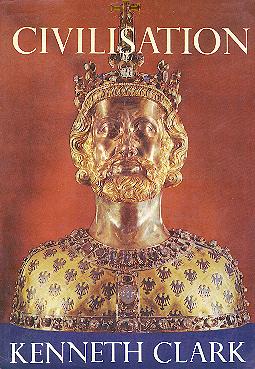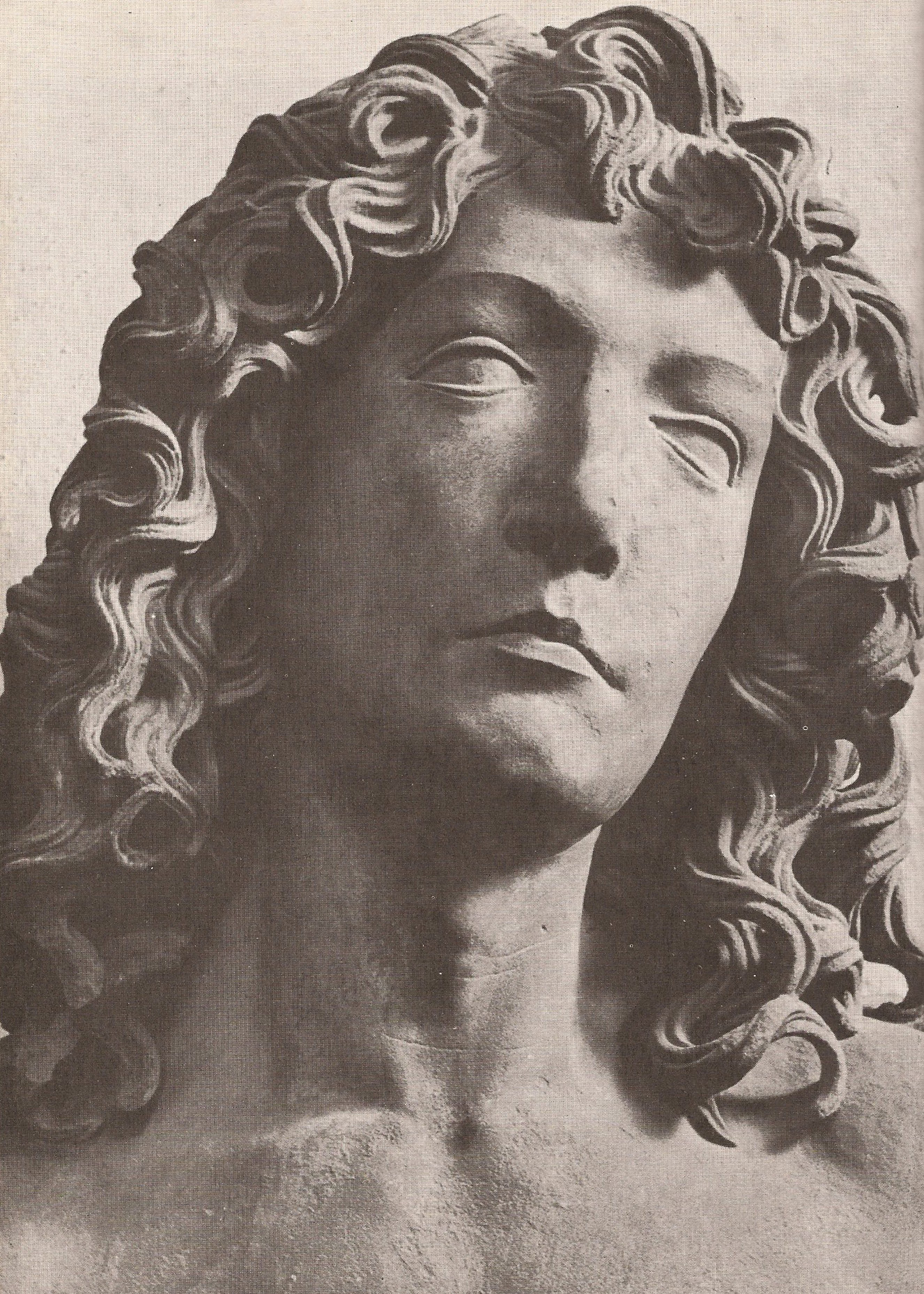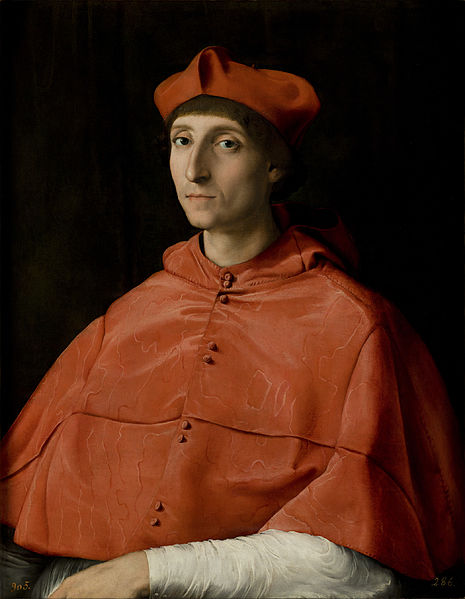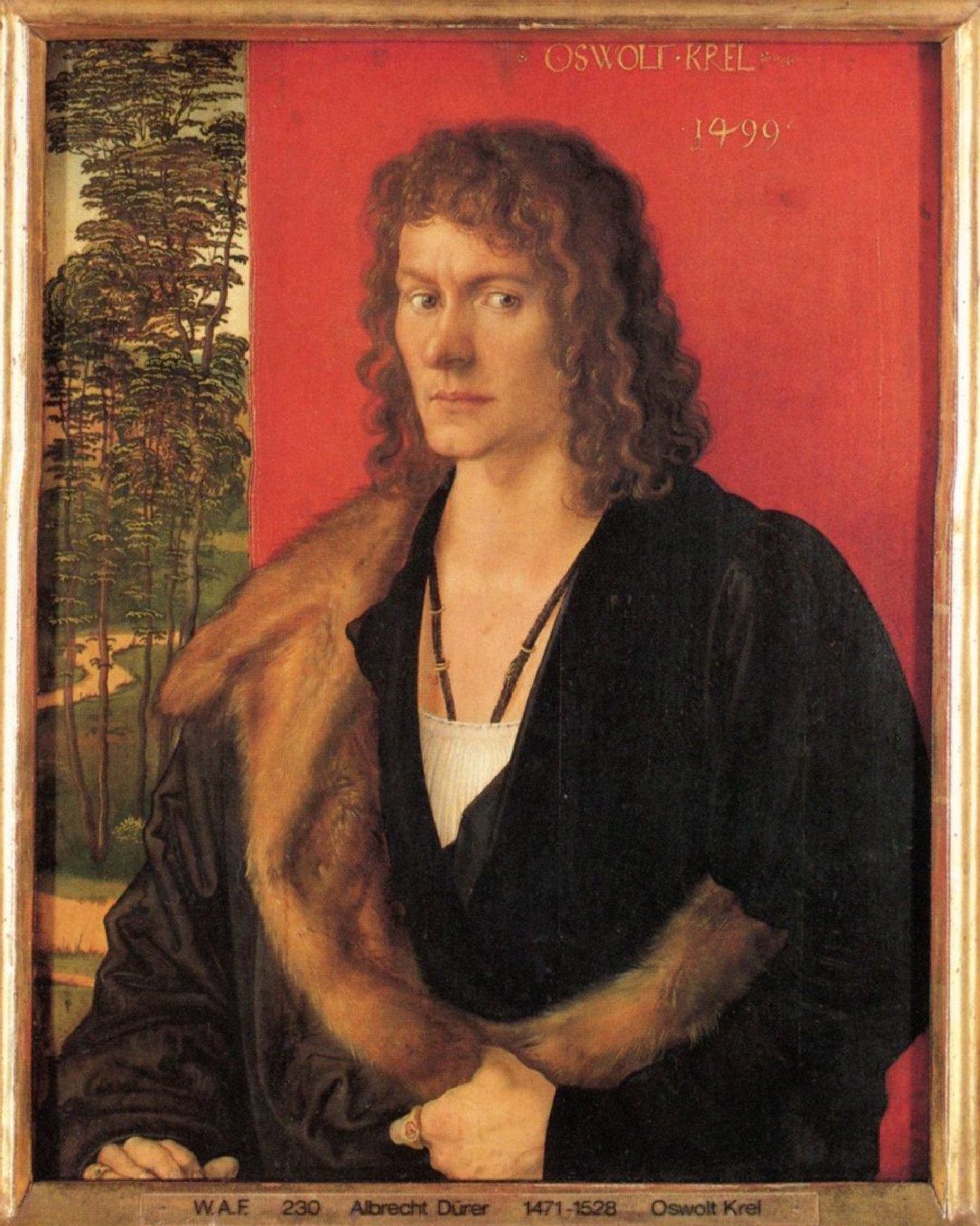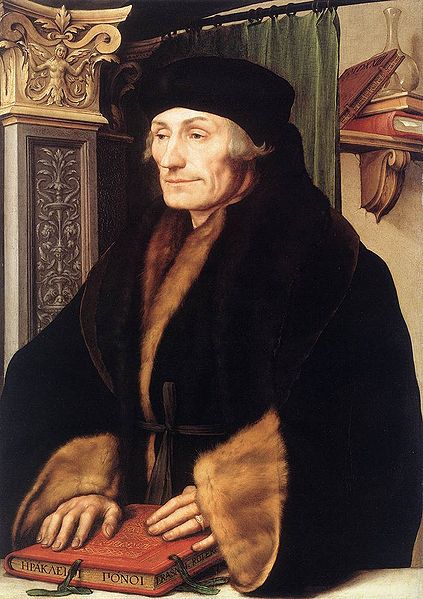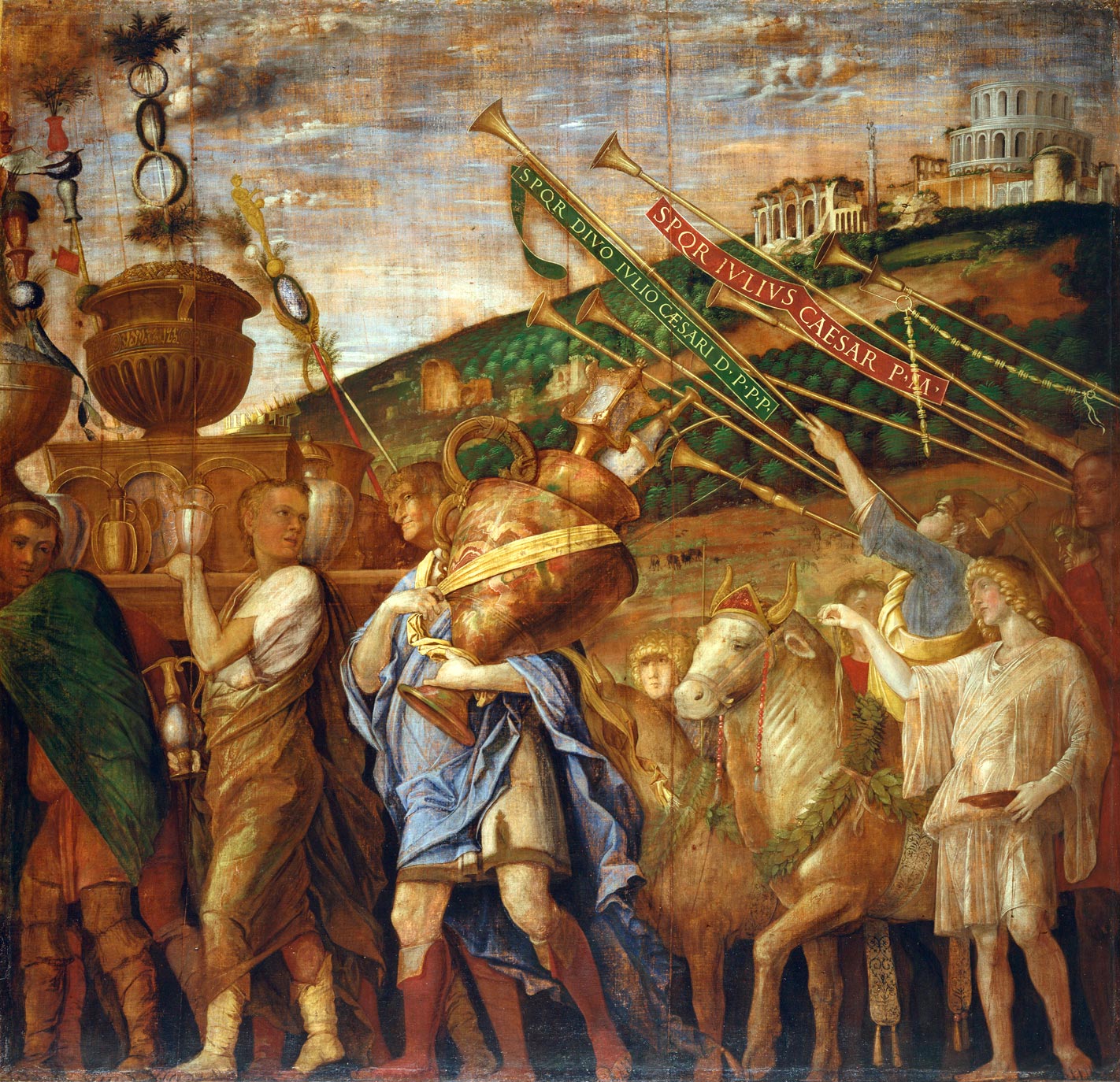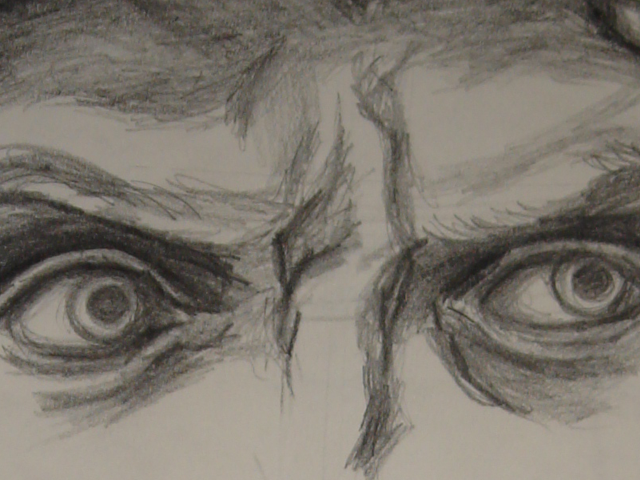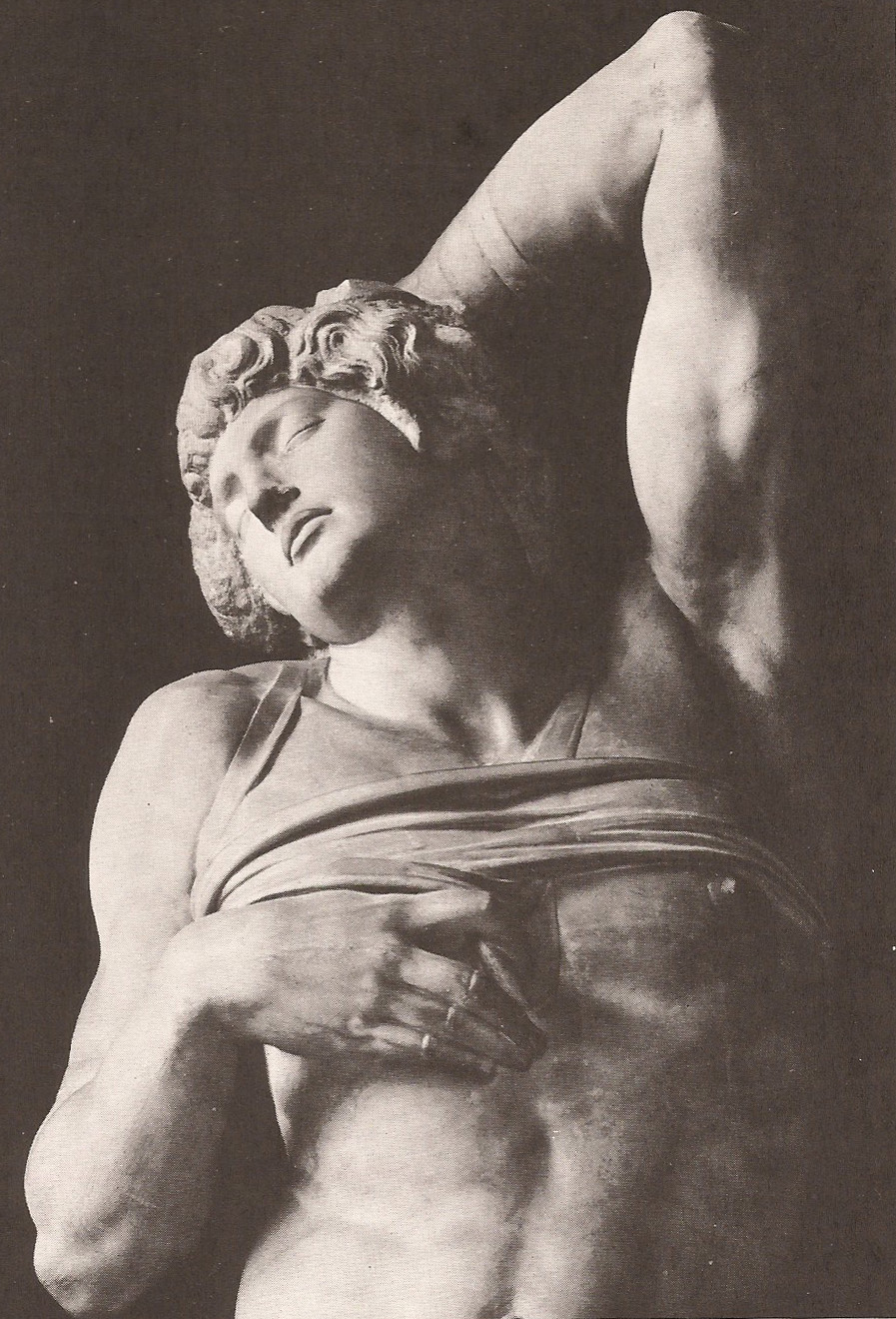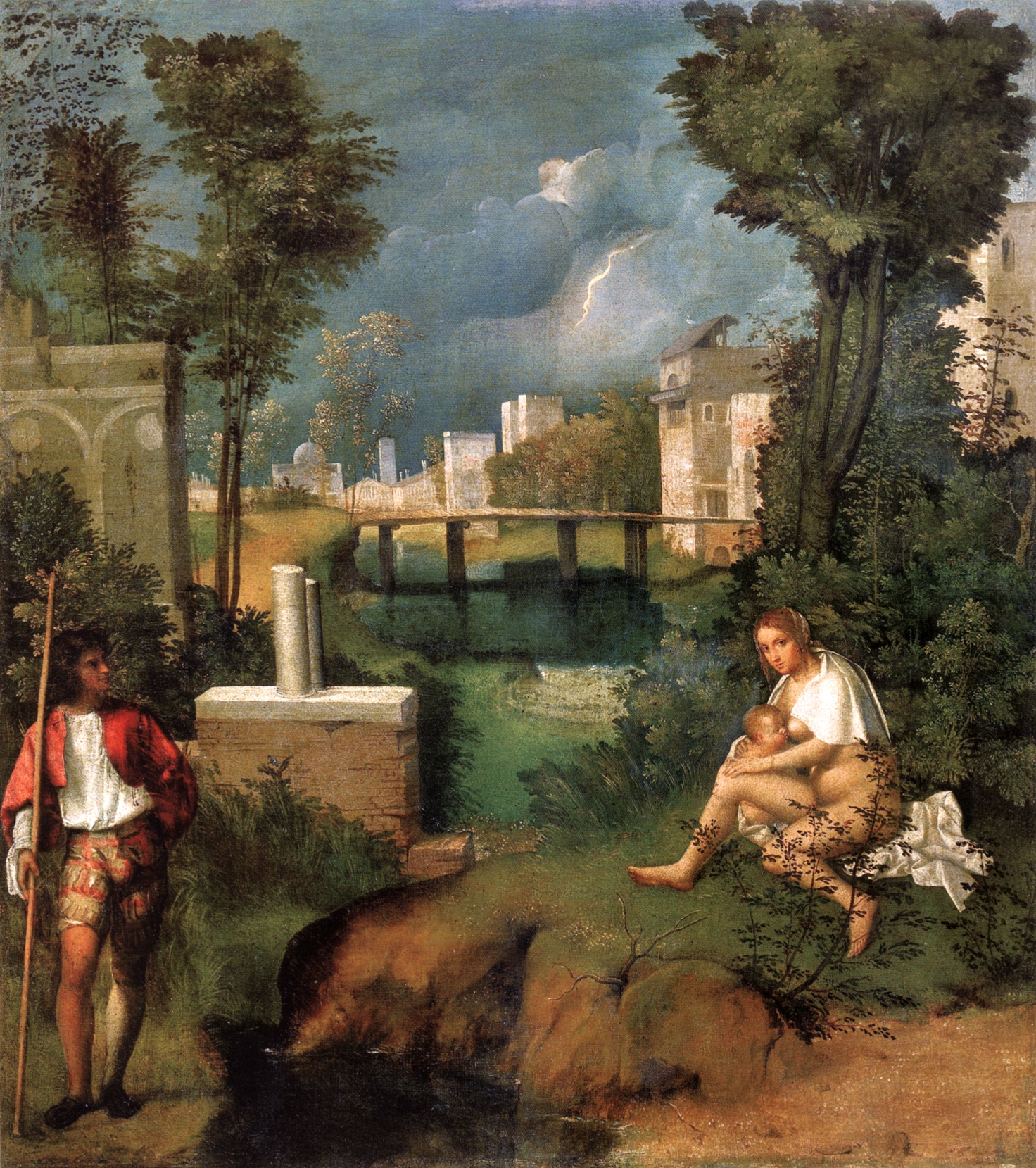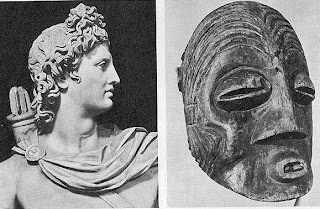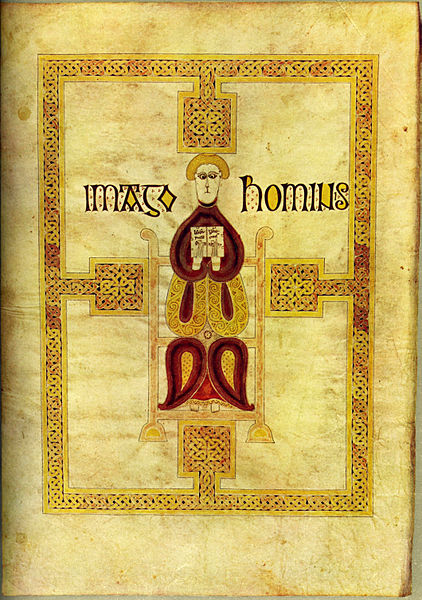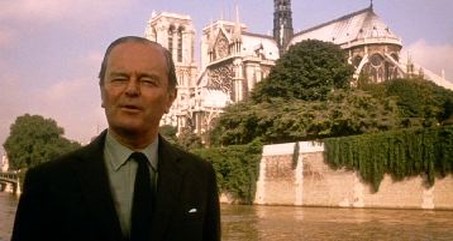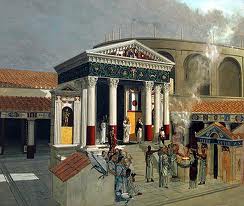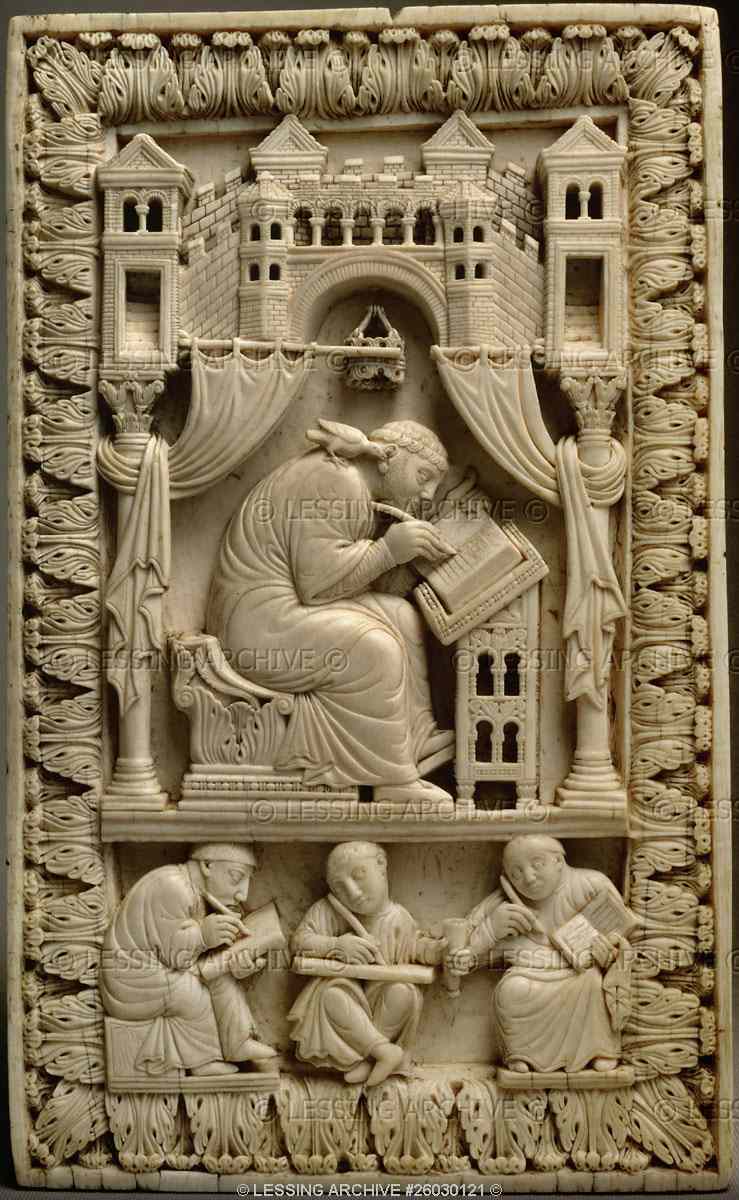When I was a boy I heard of Erasmus and imagined that his famous book was about something like praising so-called “mad” people in a world gone mad. Later, still before reading him, I imagined Erasmus was a great humanist who saw the madness of the religious wars of his time.
I was not prepared in the slightest to find out that Erasmus himself was pretty much part of civilizational madness. When in 1996 I hit Kenneth Clark’s page 146 of his illustrated book Civilisation I was moved to purchase the excellent 1993 Penguin edition of Praise of Folly totally unsuspecting of what the contents really were. A few days after I wrote on the book’s inside cover that Erasmus disappointed me; that, contrary to what I had expected, he did not see the folly of his age but was a fool himself.
A.H.T. Levi’s Penguin introduction to Praise of Folly is worth reading, and precisely on page xlii of the long introduction I was shocked to learn that no one in the whole Middle Ages had questioned Christian “truths.” Instead of challenging the accepted wisdom, I found in the introduction to Erasmus’ other works scholastic discussions about whether or not the ancient Greeks and Romans would be saved—from eternal damnation!
Erasmus is truly an alien for the people of our time. The problems he struggled with in his soul—he never considered his Praise of Folly his most important book—are infinitely distant from the problems that overwhelm us today. His worldview is dead except for those who, like me, were tormented by our parents with doctrines of eternal punishment.
Erasmus was the most famous humanist of the so-called “Northern Renaissance,” a man in touch with all leading princes and scholars of the time. Many consider him the central figure of the intellectual world of what, to my mind, was a pseudo-Renaissance (the real intellectual Renaissance would only begin with Montaigne). How could the “Northern Renaissance” be compared to the Italian Renaissance when its most emblematic intellectual, like Thomas à Kempis, was an Augustinian canon that took Pauline folly as a panegyric to Christian piety? Erasmus, who was deeply shocked before the pagan atmosphere of Julius II’s Rome, probably decided to publish Praise of Folly precisely to support the growing opposition to Julius in France. When the art of Michelangelo and Raphael were conquering the soul of Rome, Erasmus went as far as recommending a return to scripture and the so-called “Fathers”: Origen, Ambrose, Jerome and Augustine, and Erasmus’ Greek New Testament was in fact more feared by the Church than his Praise of Folly.
Now that I am talking of Clark’s Civilisation, let us remember the image that Clark chose to depict St Francis: Jacquemart de Hesdin’s The Fool. In Erasmus’ most famous book, women, “admittedly stupid and foolish creatures,” are Folly’s pride. Erasmus takes a surprisingly modern, “liberal” position about the role of women in society. Since Folly praises ignorance and lunacy, Erasmus reasons, women must be instrumental for the Christian cause. In his book Folly is only interested in following the example of Jesus, the exemplar of charitable simplicity against the budding intellectualism of the sixteenth century. The fact that Erasmus took St Paul’s “praise of folly” against the best minds St Paul encountered in Athens speaks for itself and needs no further comment.
It doesn’t take a great intellectual effort to recognize that the so-called Northern Renaissance was set against the real Renaissance of Italy, which had fallen in love with our genuine, Greco-Roman roots. Erasmus et al’s “optimist” discussions around the subject of the predestination of both the elect and the damned represent the medieval mind. How could Erasmus’ work that discusses whether or not a personal God “predestined” some of us to an eternity of torture be called “Renaissance” by any stretch of imagination? It is true that, in Erasmus’ century, the current theology was Pelagian rather than Augustinian, in the sense that we were supposed to be allowed to earn salvation by our own efforts. But this is altogether medieval, not modern, thinking.
To understand Erasmus one must remember the bestsellers of his time. The Pseudo- Gregorian Dialogues, composed in 680 C.E. and translated to all known vernaculars, reinforced in the faithful what priests used to call “a salutary fear of hell.” The book clearly implied that hell was eternal and that the soul, though spiritual, suffered physically from burning. Dante himself drew heavily from the Dialogues “and its influence on popular piety was greater that that of any other single work of piety in the history of western Christendom.”
(Detail of a Grüenwald painting. Grüenwald’s Isenheim Altarpiece painting in the times when Erasmus published his book depicts the spirit of those still dark ages far better than any scholastic treatise.)
Visualize yourself one moment living under the sky of Erasmus’ age. Visualize yourself trapped in the Church dogma and struggling with the terrible discussion about whether the ancient Greeks could possibly be “justified”—a nasty Lutheran word inspired in Augustine—and thus saved from the eternal flames.
For the so-called humanists of Erasmus’ time this dilemma was all too serious theological business, and they rationalized their wishes to save the “pagans” after the recent discoveries of Indian “souls” in America, who had no opportunity to receive the gospel through no fault of their own. That such doctrines represented a slight advance from Augustine’s “pessimism” (cf. Erasmus’ treatise against Luther, On Free Will and Luther’s reply, On Unfree Will) will never refute the fact that Erasmus and his ilk were chained in the trappings of medieval thought.
I was moved to write this article because all westerners, including white nationalists, have forgotten what living under Christendom was like. With the exception of the final section of my Hojas Susurrantes, no contemporary writer that I know—no one—has said something real about the horrors of the infinitely evil doctrine of eternal damnation, and how that fear was so central in Christendom. On the contrary, modern westerners seem to retroproject their own healthy psychoclass and never wonder about the subjective horrors that millions upon millions of whites endured during the Dark Ages as a result of such doctrine.
